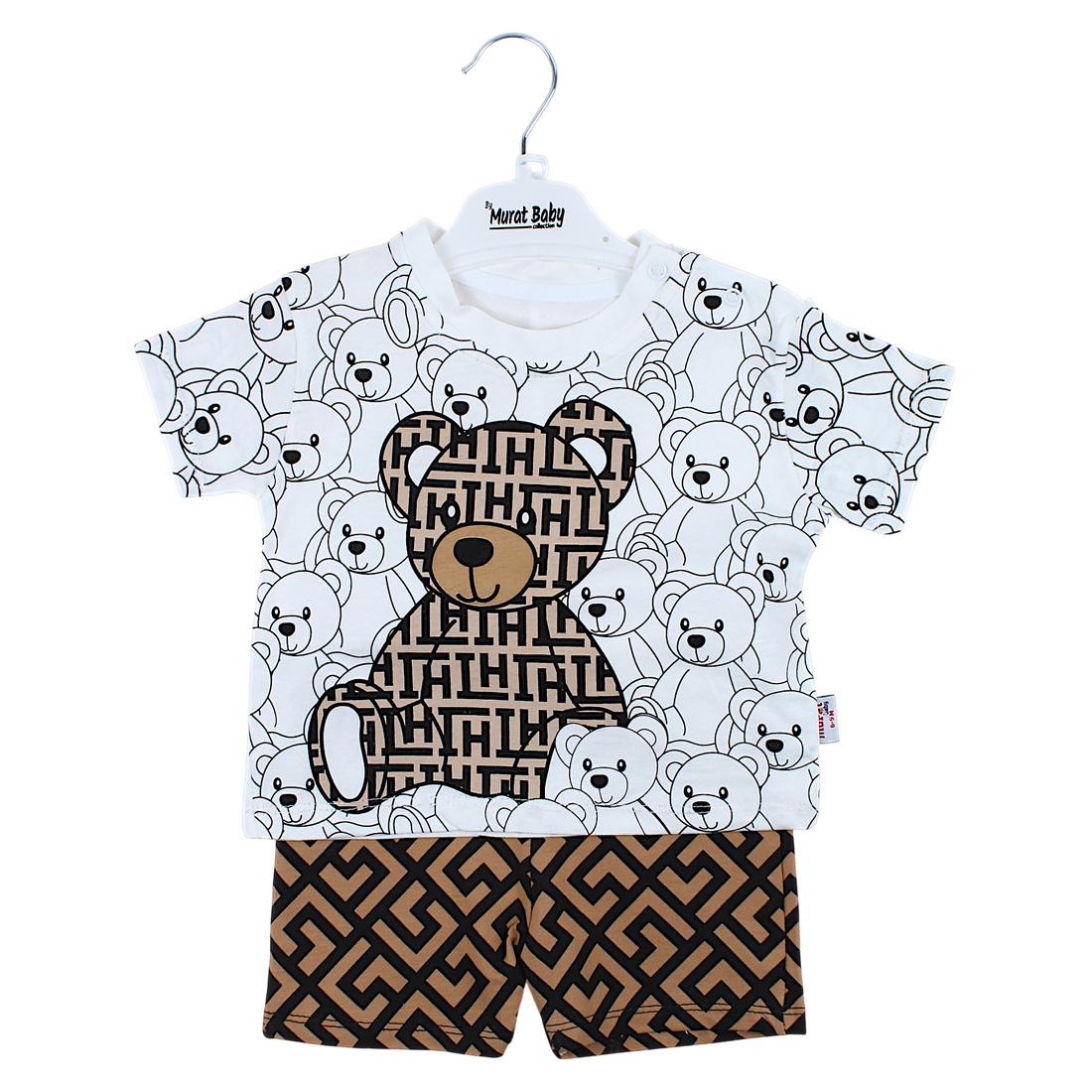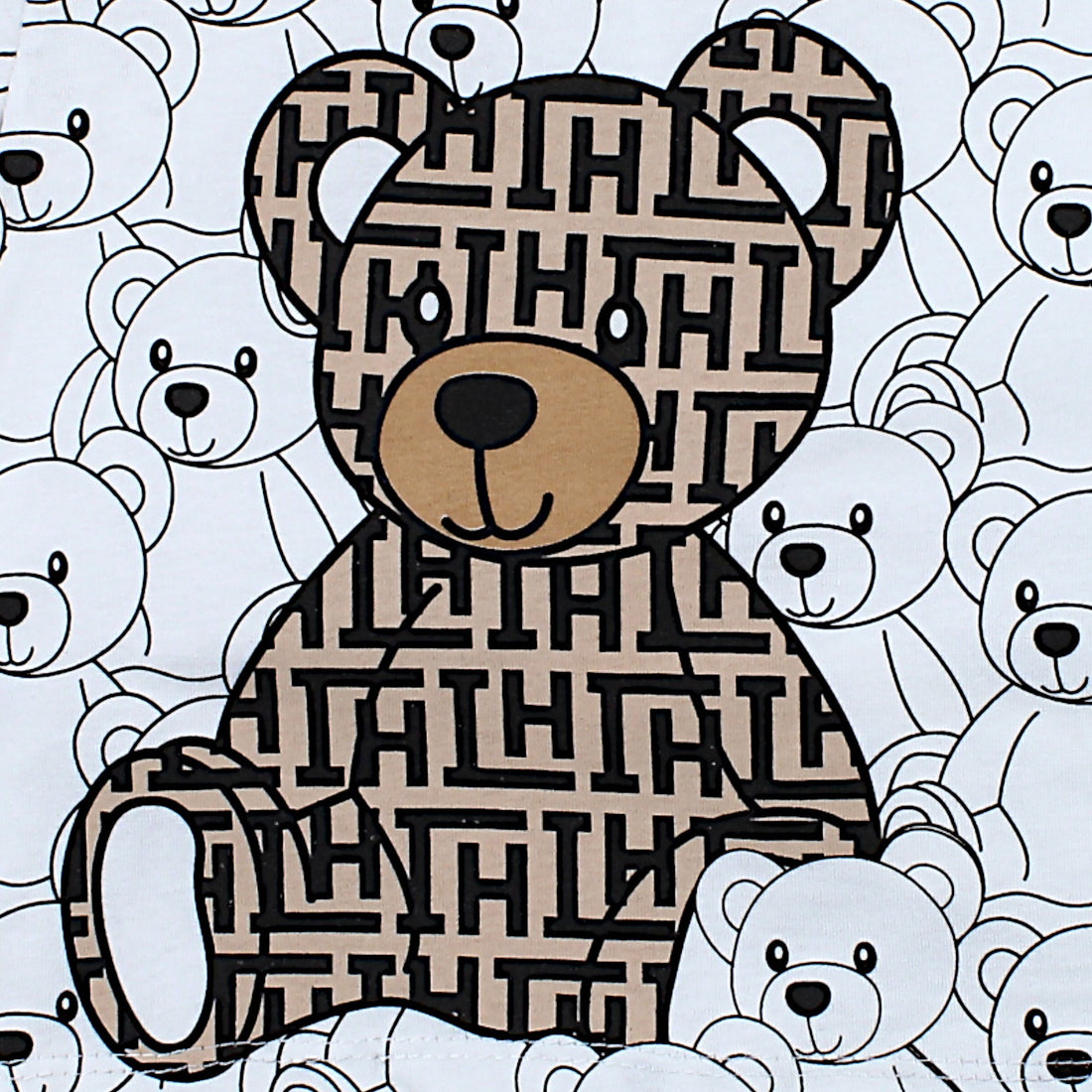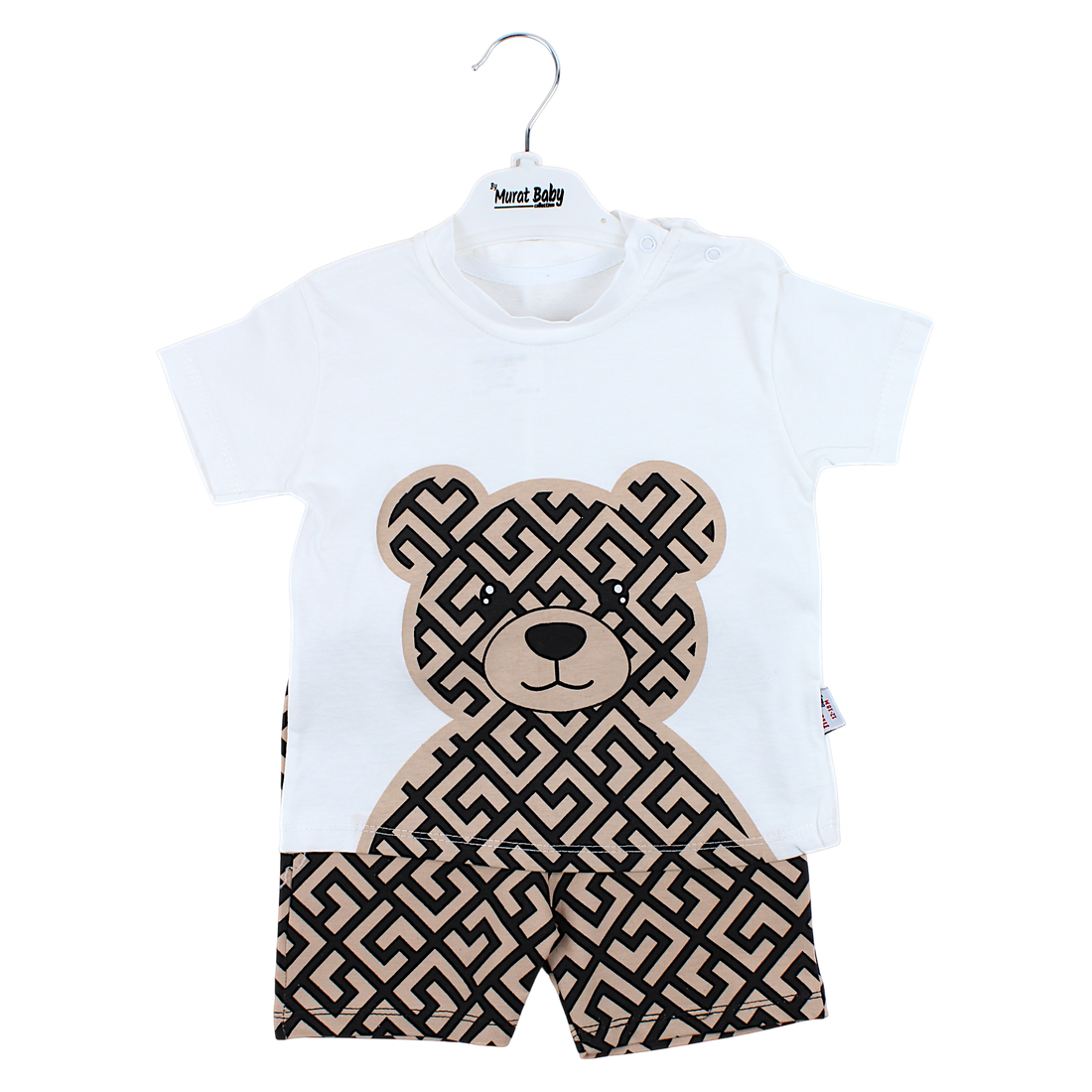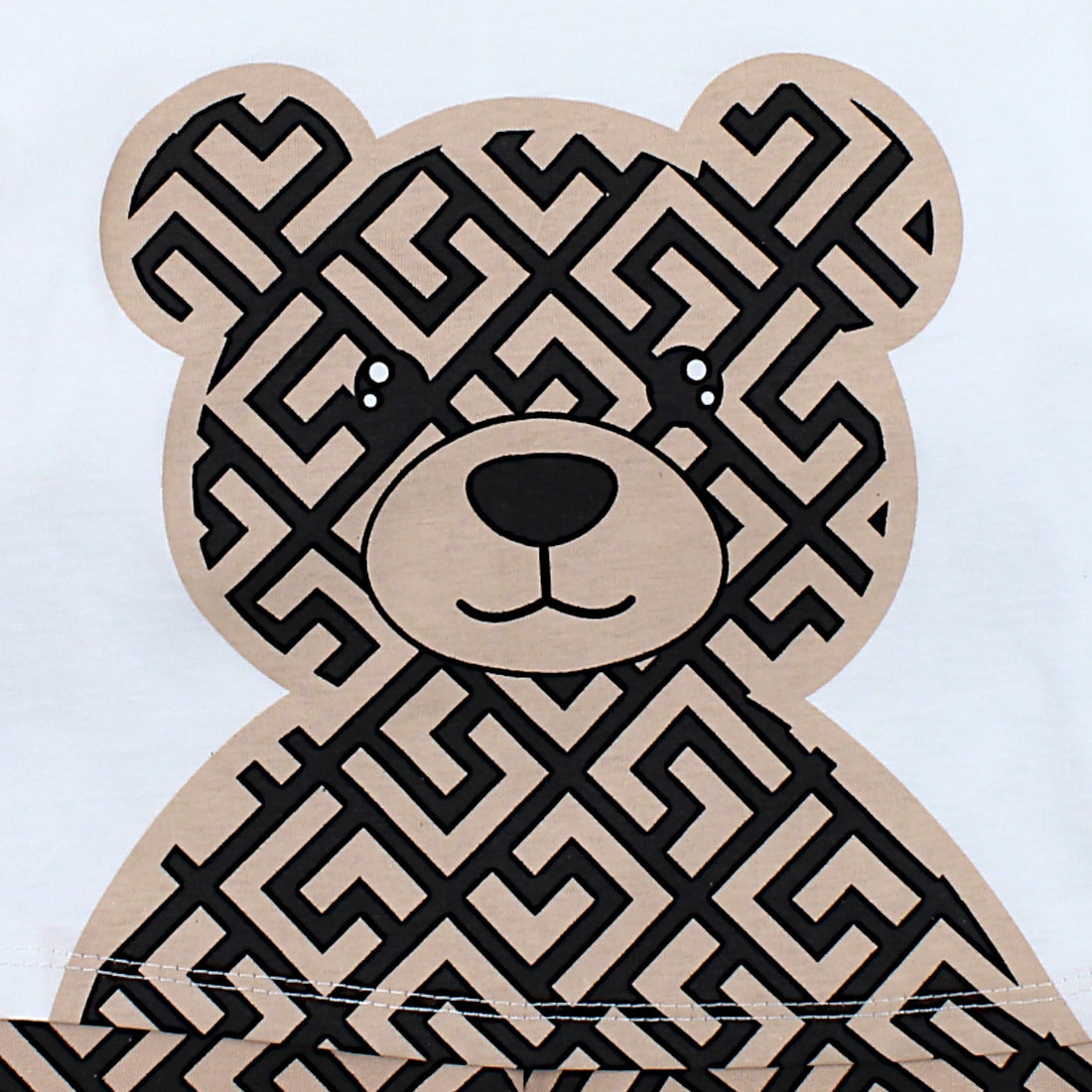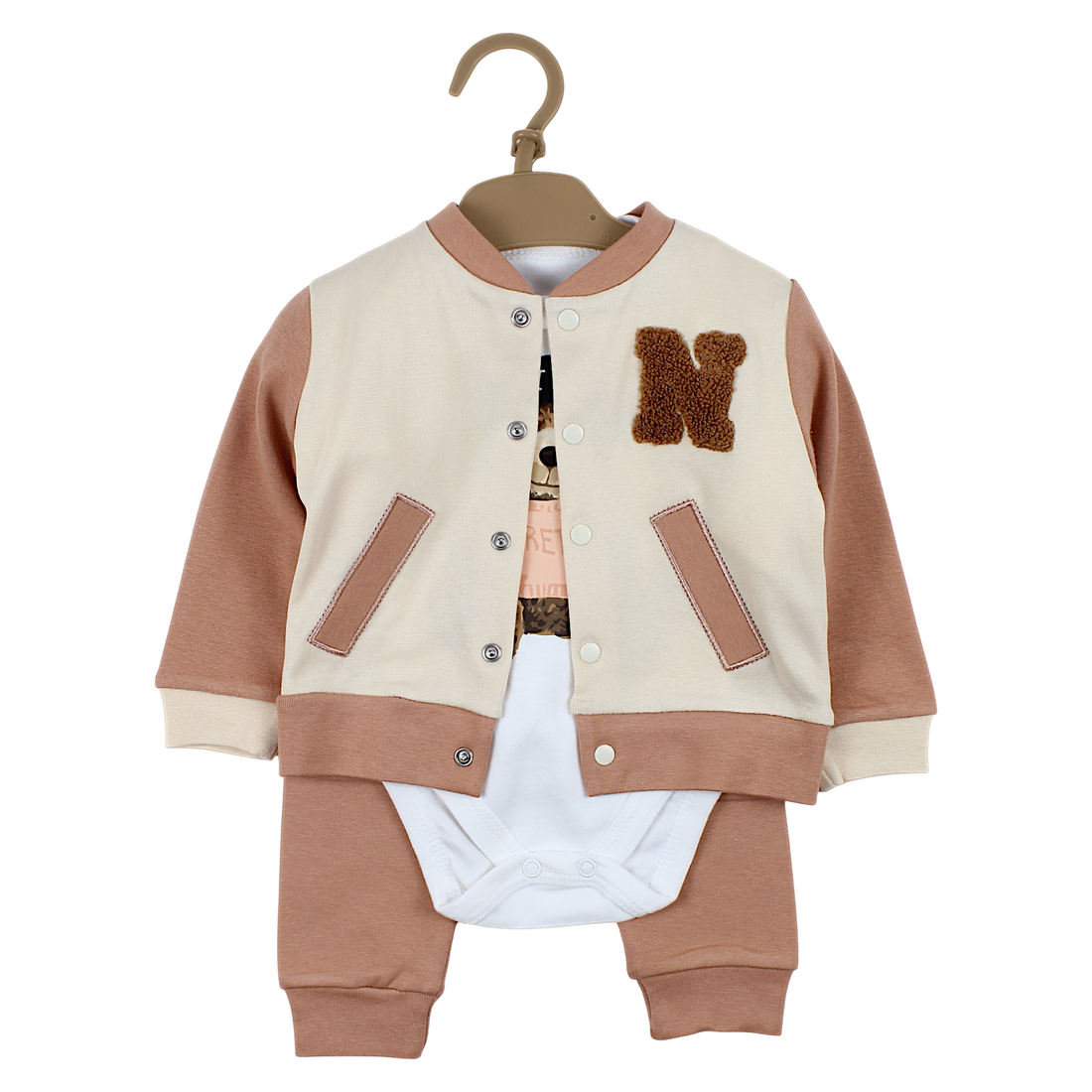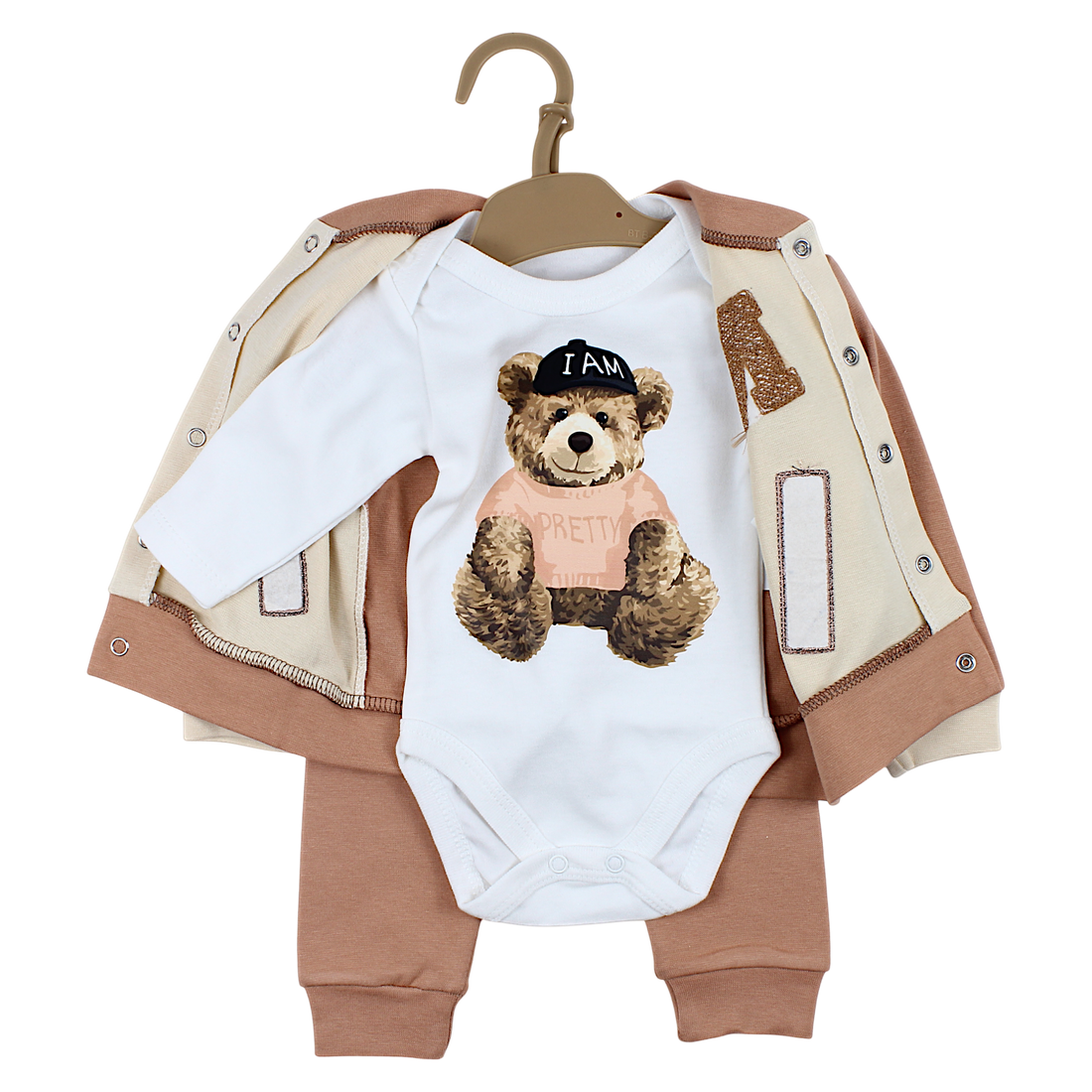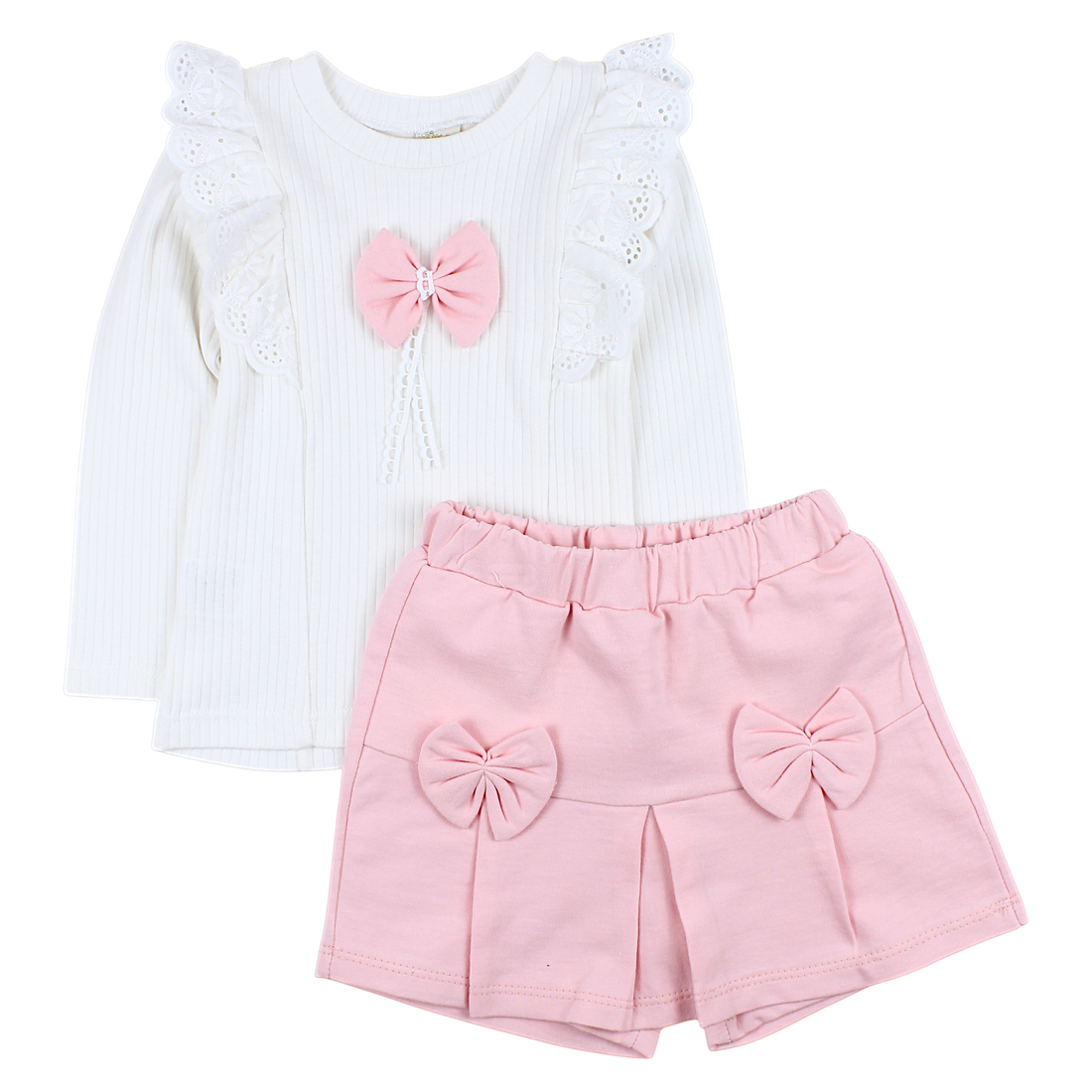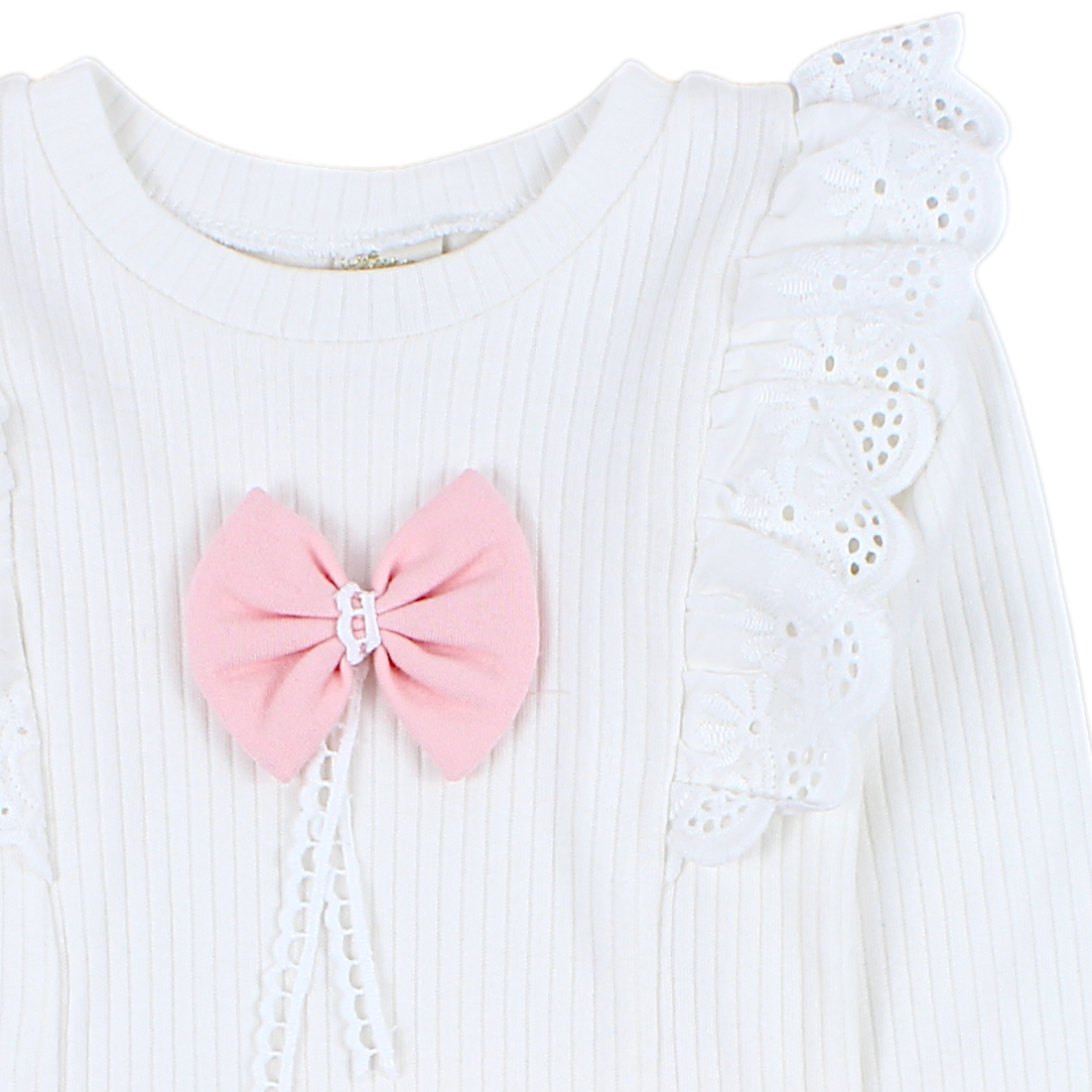Choosing the right children's bed is crucial for your child's comfort and safety. This is the place where your little one spends most of their time resting and sleeping, which affects their healthy development. In this article, we will present the most important aspects to consider when choosing a children's bed to provide your child with the best conditions for sleep and play.
Safety – The Most Important Aspect
1. Certificates and Safety Standards
When choosing a children's bed, make sure it meets all applicable safety standards. Products with certificates such as CE comply with European safety standards.
2. Non-Toxic Materials
Choose beds made of natural, non-toxic materials. Avoid products containing formaldehyde and other harmful chemicals that can negatively affect the health of your child.
3. Stability and Durability
The bed should be stable and solidly made so that it does not tip over or wobble. Check the construction and how the parts are attached to ensure maximum safety.
Bed Size - Adjustment to Child's Age and Needs
1. Crib for a Newborn
The ideal crib for a newborn should be compact but spacious to accommodate the baby and necessary accessories, such as diapers and blankets.
2. Convertible Beds
Cribs that can be converted into larger beds for later stages of your child’s development are a long-term investment. They save you from having to buy new furniture as your child grows.
3. Preschooler's Bed
For older children, it is worth choosing a bed that is not only comfortable, but also aesthetically pleasing and fits the child's room. Many models offer additional features, such as bedding containers.
Material and Quality of Workmanship
1. Wood
Wooden beds are durable and aesthetic. Choose natural wood such as beech, oak or pine, which are resistant to damage and safe for your child.
2. Metal
Metal beds are lightweight yet durable. They are easy to clean and often have a modern design that fits a variety of interior styles.
3. Mixed Materials
Some beds combine wood and metal for durability and aesthetic appeal. Check the quality of the joints and finishes to ensure safety and comfort.
Functionality and Design
1. Adjustable Barriers
The rails should be adjustable so that they can be easily adjusted to the growing child. They allow the bed to be lowered safely as the child develops the ability to walk independently.
2. Storage
Beds with built-in storage or shelves help save space in the child's room and allow you to store essential accessories.
3. Style and Colors
Choose a bed that matches the decor of your child's room. You can choose from a variety of colors and styles, from classic to modern, to create a cozy and aesthetically pleasing sleeping space.
Budget – How to Choose a Children’s Bed at the Right Price?
1. Determining the Budget
Before you start looking, determine how much you can afford to spend on a child's bed. Remember that investing in high-quality furniture can pay off in the long run.
2. Price Comparison
Compare prices of different models in different stores, both physical and online. Look out for promotions and sales that can save you money.
3. Quality vs. Price
The cheapest bed is not always the best choice. Focus on quality and safety to ensure your child's comfort and safety for many years.
Ergonomics and Health - Take Care of Your Child's Comfort
1. Appropriate Mattress Firmness
The mattress should be firm enough to support the development of the child's spine. A mattress that is too soft can lead to foot and back deformities.
2. Proper Bed Height
The bed should be of adequate height so that parents can easily place their child in and out of bed without the risk of falling.
3. Breathable Materials
Make sure the materials used in the bed, such as the mattress and bedding, are breathable and hypoallergenic, which prevents your baby from overheating and reduces the risk of allergies.
Storage and Additional Features
1. Storage and Shelves
Beds with built-in storage or shelves are very practical, allowing you to store bedding, clothes or toys.
2. Transformation Bed
Some beds can be easily converted into larger ones, making them a cost-effective solution for the long term.
3. Mobility
If you plan on changing your child's room frequently, choose a bed with wheels that allow you to easily move the furniture without having to disassemble it.
Installation and Ease of Use
1. Assembly Instructions
Choose beds that have clear, easy-to-understand assembly instructions. If you don't feel up to it, consider hiring a professional.
2. Spare Parts
Check if the manufacturer offers replacement parts in case of damage or wear, which will help extend the life of the bed.
Opinions and Recommendations
1. Opinions from Other Parents
Read other parents' opinions about the selected bed model. They will help you assess the quality, durability and functionality of the furniture.
2. Expert Recommendations
Consult your pediatrician or ergonomic specialist to find out which beds are best for your child's healthy development.
Summary
Choosing the right children's bed is a decision that affects the comfort and safety of your child for many years. Pay attention to safety, material, size, functionality and ergonomics to provide your little one with the best conditions for sleep and development. Remember that every child is different, so an individual approach to choosing furniture that will best suit the needs of your little one is important.









